





 |
 |
 |
 |
 |
 |
| Jean-Marc MICHEL | profile | all galleries >> Burma >> Aungban >> Burma >> Yangon | tree view | thumbnails | slideshow |
| previous page | pages 1 2 3 4 5 ALL | next page |
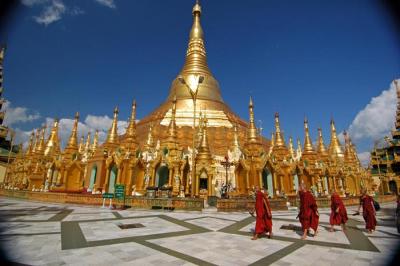 DSC_0063 |
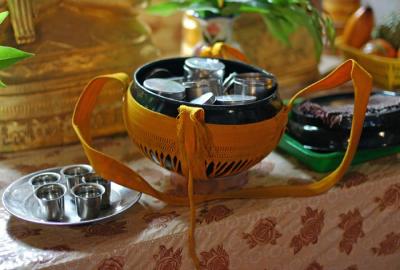 DSC_0402 |
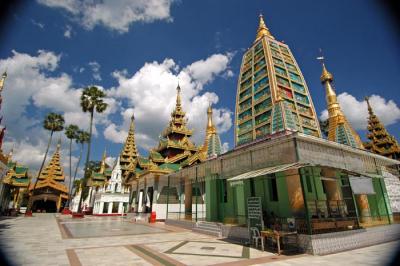 DSC_0453 |
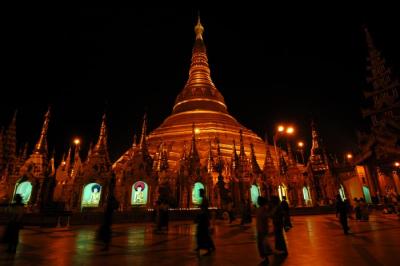 DSC_0047 |
 DSC_0419 |
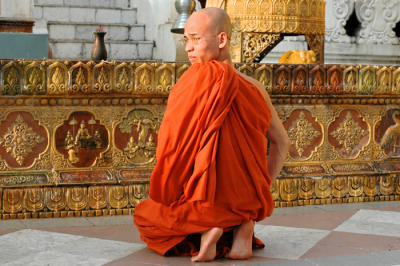 DSC_0020 |
 DSC_0101 |
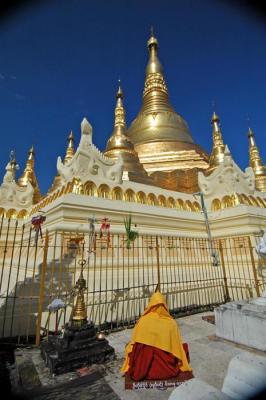 DSC_0070 |
 DSC_0454 |
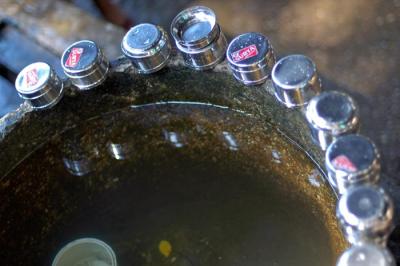 DSC_0412 |
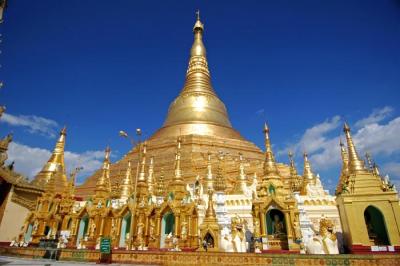 DSC_0084 |
 DSC_0052 |
| previous page | pages 1 2 3 4 5 ALL | next page |
| comment | share |